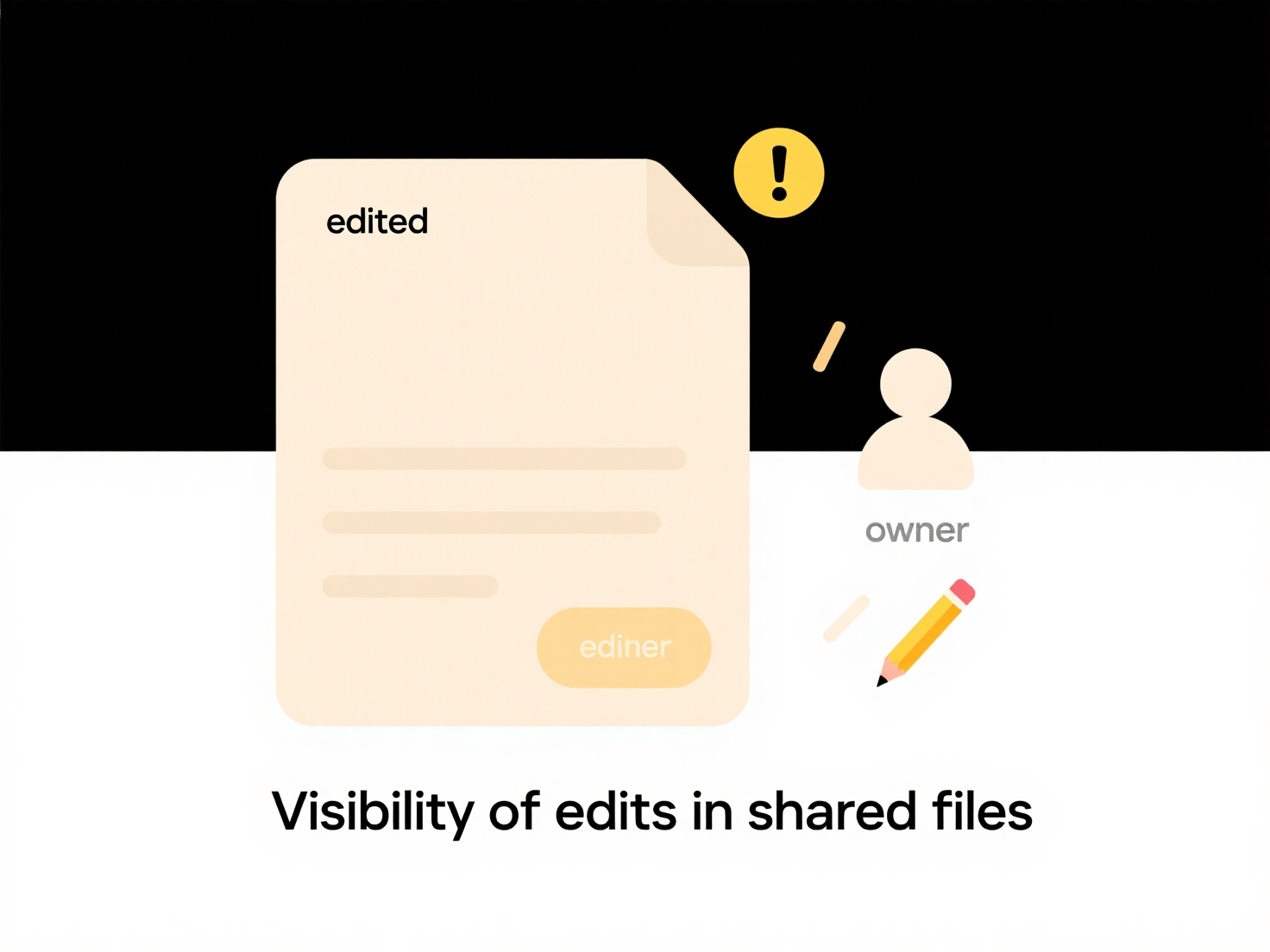
Hidden duplicate files contain identical data but are stored under different names, paths, or file types, making them harder to identify than obvious copies. They occur when downloading files multiple times, saving backups incorrectly, or via application operations creating temporary copies. Unlike standard duplicates, they aren't easily spotted by file name alone.
Practical tools like Duplicate File Finder (freeware) or specialized features in software like CCleaner use algorithms to compare file sizes, creation dates, and cryptographic hashes (like MD5 or SHA) of the actual content, regardless of name or location. Businesses managing large image repositories or individuals organizing extensive personal music collections rely on this to reclaim significant storage space and maintain organized archives.

Detecting hidden duplicates efficiently saves storage, reduces backup times, and improves file organization. However, limitations include potential false positives (files looking alike but different) and risk of deleting crucial files if done carelessly. Future tools integrate AI for smarter pattern recognition. Ethical considerations involve ensuring user consent when deploying detection software in corporate environments and avoiding unintentional data loss.
How do I detect hidden duplicate files?
Hidden duplicate files contain identical data but are stored under different names, paths, or file types, making them harder to identify than obvious copies. They occur when downloading files multiple times, saving backups incorrectly, or via application operations creating temporary copies. Unlike standard duplicates, they aren't easily spotted by file name alone.
Practical tools like Duplicate File Finder (freeware) or specialized features in software like CCleaner use algorithms to compare file sizes, creation dates, and cryptographic hashes (like MD5 or SHA) of the actual content, regardless of name or location. Businesses managing large image repositories or individuals organizing extensive personal music collections rely on this to reclaim significant storage space and maintain organized archives.

Detecting hidden duplicates efficiently saves storage, reduces backup times, and improves file organization. However, limitations include potential false positives (files looking alike but different) and risk of deleting crucial files if done carelessly. Future tools integrate AI for smarter pattern recognition. Ethical considerations involve ensuring user consent when deploying detection software in corporate environments and avoiding unintentional data loss.
Related Recommendations
Quick Article Links
How do I avoid duplicate files when archiving?
Avoiding duplicate files during archiving prevents wasted storage space and ensures cleaner, more manageable archives. D...
What is the best format for high-quality audio?
Lossless audio formats preserve all original sound data from recordings. They work by compressing files without discardi...
How do I organize user submissions or uploads?
Organizing user submissions or uploads involves structuring files, data, or content provided by users through web forms,...